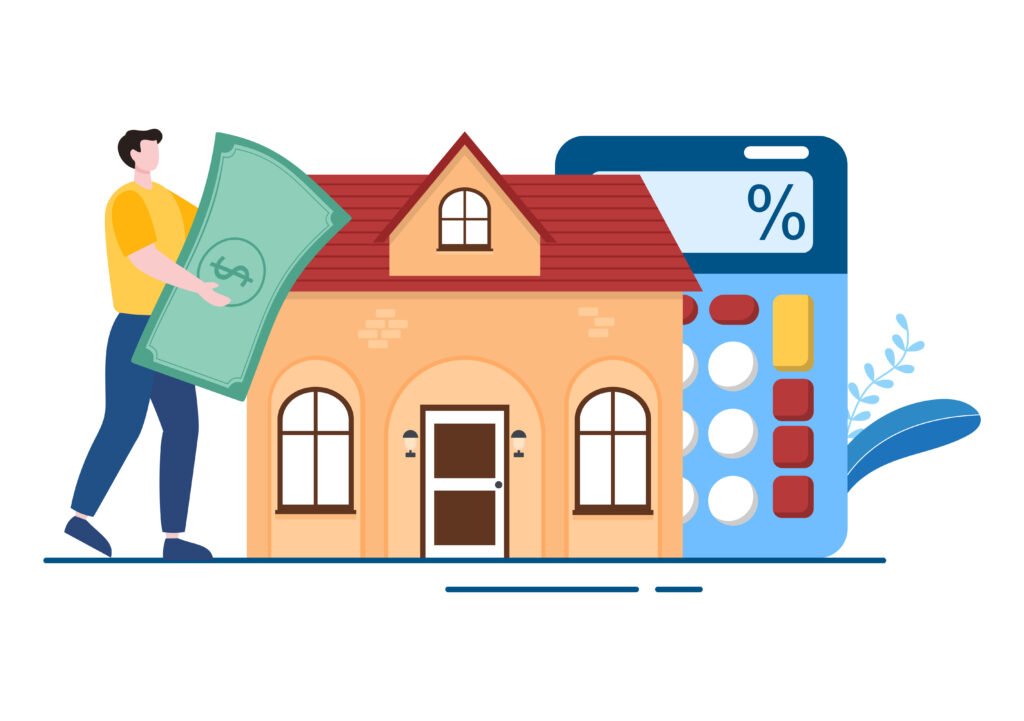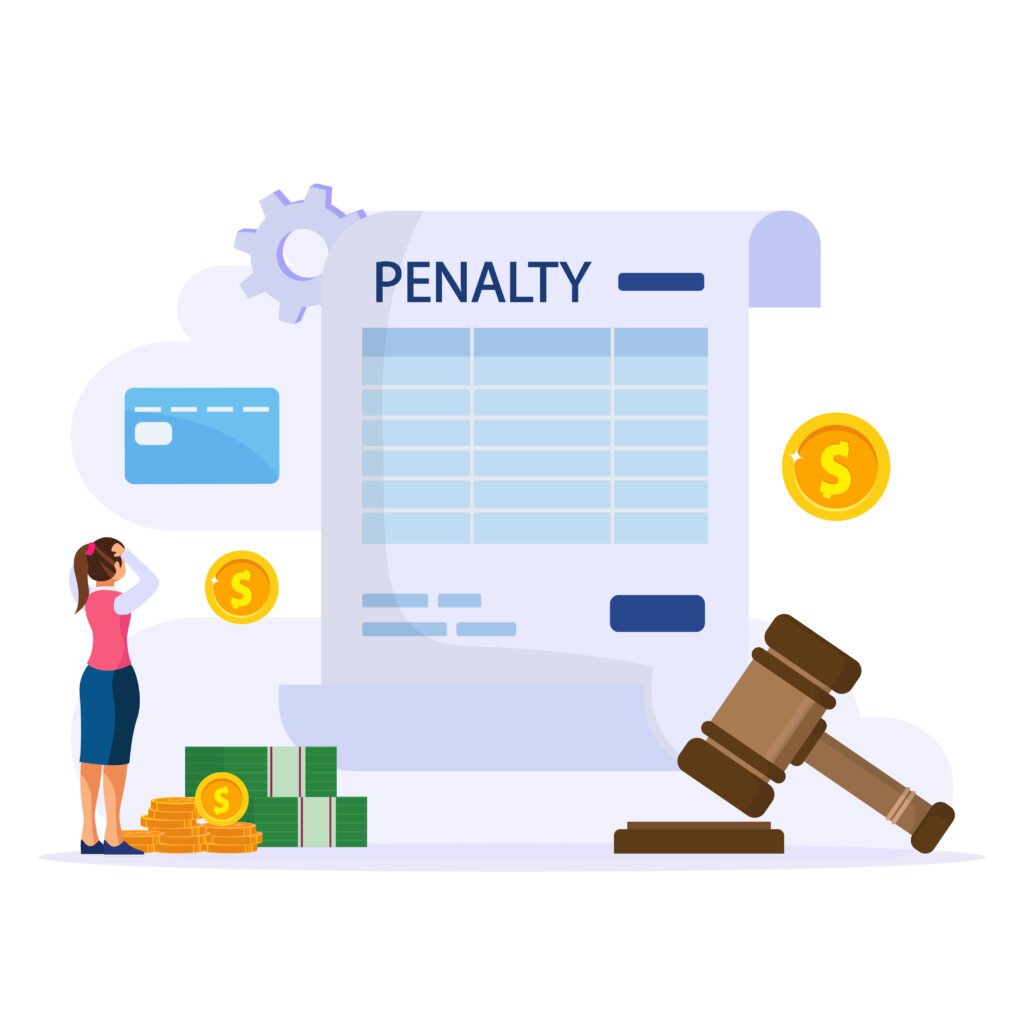
Prepaying a home loan can be an excellent way to save on interest payments, but borrowers should understand the associated charges and strategies for managing them. This guide covers essential details about home loan prepayment penalties, types of charges, and how borrowers can avoid or negotiate these fees to maximize savings.
Types of Home loan and Prepayment Charges

The fees for prepaying a home loan depend on the interest rate type and the lender’s policies. Here’s an overview:
Floating Interest Rate Loans
For floating interest rate home loans, the Reserve Bank of India (RBI) has mandated that no prepayment penalties should be charged, making them attractive for borrowers who anticipate making early payments. This guideline allows you to reduce your outstanding balance without worrying about additional costs.
Fixed-rate home loans
Fixed rate home loans often come with prepayment penalties, which can range from 0% to 2% of the outstanding loan balance. These charges typically apply if the loan is refinanced with another lender or paid off in a lump sum by a third party.
Adjustable-Rate Mortgages (ARMs)
Some lenders offer adjustable-rate mortgages (ARMs) that allow limited prepayments without penalties, but specific terms vary. Certain lenders may impose restrictions on how much you can prepay annually without incurring fees,

Key Takeaways for Borrowers
- Floating-rate loans are free of prepayment penalties.
- Prepayment fees on fixed-rate loans can vary but are generally between 0% and 2%.
- Review lender-specific policies carefully before finalizing a loan agreement.
Strategies to Avoid Prepayment Penalties
There are several strategies that borrowers can adopt to minimize or avoid prepayment penalties while still saving on interest:
Understand Loan Terms and Penalty Thresholds
Some lenders have a “soft” prepayment penalty, which only applies if you exceed a specific percentage of the outstanding balance. For example, paying off more than 20% in a single year might incur fees, so understanding the terms allows you to manage payments strategically.
Choose Loans with No Prepayment Penalties
Opting for personal loans or short-term loans with no prepayment fees, allows borrowers to plan their repayments flexibly without penalties.
Refinance to a Shorter Loan Term
Refinancing to a shorter term can reduce your interest costs and repayment duration, especially if your current loan has a prepayment penalty. However, check the new loan terms to ensure they don’t include prepayment fees.
Make Extra Payments Throughout the Loan Term
Instead of paying off the loan early, make extra payments toward the principal each month or year. These payments reduce the outstanding balance and overall interest but typically won’t trigger a penalty.

Can You Negotiate Prepayment Penalties?
Negotiating a waiver or reduction in prepayment penalties is possible and can be effective with some lenders. Here’s how you can approach it:
Request a Waiver or Reduction During Refinancing
Some lenders are willing to reduce penalties if you refinance with them, which benefits both parties. Ask if the penalty can be waived as part of the refinancing terms.
Maintain a Good Relationship with Your Lender
Highlighting a history of on-time payments and a positive relationship with the lender can improve your chances of negotiating a waiver or reduction.
Provide Supporting Documentation
If refinancing or paying off the loan early, present evidence of good financial health and the potential for future business with the lender. Many lenders are open to waiving penalties in mutually beneficial scenarios.

Does Prepayment Reduce Your EMI?
Prepaying your home loan can reduce your monthly EMI in two ways:
- Lower Outstanding Principal
When you make a prepayment, your outstanding loan balance decreases, which can directly lower your EMI. The smaller balance means less interest, resulting in more affordable monthly payments. - Reduced Loan Tenure
Prepaying can also shorten the loan term, thereby reducing the total EMI payments. Many lenders allow you to adjust your EMI after a significant prepayment, making it possible to pay off your loan sooner.
Note: Before deciding, calculate the cost-benefit balance of reducing your EMI versus the potential increase in total repayment.
Why Lenders Charge Prepayment Penalties
Lenders impose prepayment penalties to mitigate potential losses from early loan closures. These fees encourage borrowers to stay on the repayment schedule, allowing lenders to earn interest over the full loan term. Understanding this rationale can help borrowers negotiate or select loans with favorable terms.
Conclusion

Home loan prepayment can be a smart financial move if managed carefully. By understanding prepayment penalties and choosing the right loan terms, borrowers can avoid unnecessary costs and save significantly on interest payments. Keep in mind that a well-informed approach and strategic planning will maximize the benefits of early repayment while minimizing fees.
For personalized guidance on home loans and prepayment options, reach out to our team today!
